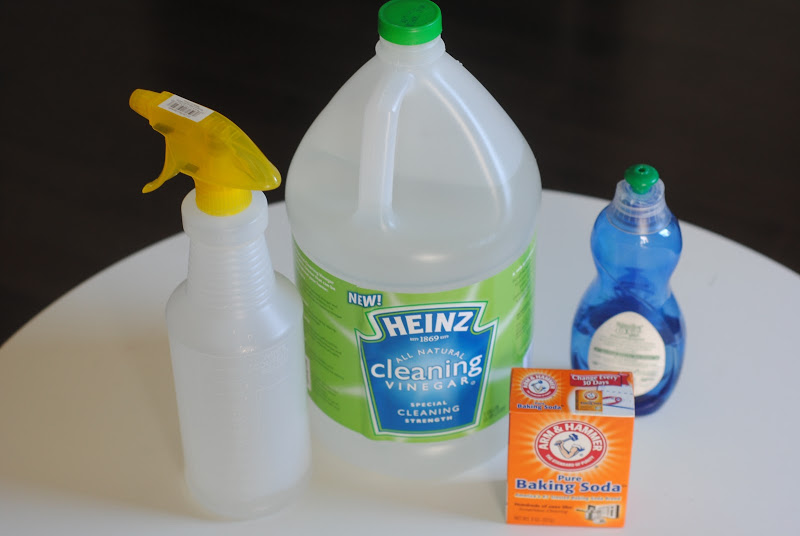DIY ant repellent tips include a wide variety of organic and more natural approaches. If you have children or pets at home, naturally you might shy away from most store-bought chemical ant repellent because who wants that sprayed all over the house?
“Conventional ant repellents are generally considered pesticides. It’s hard for consumers to know whether all ingredients in the products — or even the overall chemical formula — are safe,” said Sophia Ruan Gushée, author and nontoxic living expert.
Where to Start
An ounce of prevention is worth a pound of cure, right? Well, start by addressing why they come inside: for food and moisture. Clean up quickly after spills of food and liquids of all kinds. Watch for crack and gaps in windows, doors, and around plumbing.
With those basics out of they way, here are a few natural DIY ant repellent products and approaches that many homeowners try. The proof of results is only anecdotal.
- You can clean with vinegar. Mix 1 part vinegar with 3 parts water in a spray bottle, then spray wherever you’ve seen ants in the past.
- Clean using water infused with essential oils (specifically peppermint, tea tree, and lemon). These repel ants.
- Sprinkle cayenne pepper around cracks. This can also discourage ants from entering the house.
- Put Jiff cornmeal (it’s sweet) where you see trails of ants. They take it back to the nest and it kills the colony because they cannot digest it.
- Some people also claim to have success using lemon juice, coffee grounds, baby powder or orange peels in the area ants are invading.
- Spread used coffee grounds around pet food bowls and other areas where you wish to repel ants. Ants are repulsed by the strong smell the brewed coffee grounds put out.
- Table salt is a cheap way to get rid of ants naturally. Use ordinary table salt, not rock salt. All you need to do is to boil water and add a large amount of salt to it, stirring it until dissolves. Pour into a spray bottle and spray.
- Sprinkle cinnamon, mint, chili pepper, black pepper, cloves, or garlic in the area where you’ve seen the ants.
- Place bay leaves in cabinets, drawers, and containers to deter ants.
DIY Ant Repellent Caveats
Resist the temptation to try all of these methods at once. As with anything, results will vary – and are not guaranteed—based on the type of ants in your home. In fact, you may want to proceed with caution with any one of these DIY ant repellent remedies.
“In some cases, if the wrong treatment method is used for certain ant species, the problem can actually be made worse, causing individual ant colonies to split into multiple colonies spread around the structure,” said Dr. Michael Bentley, staff entomologist for the National Pest Management Association.
You may see a temporary initial improvement (i.e. a reduction in foraging ants in an area). DIY ant repellant solutions, however, must often be reapplied frequently leading to unsightly/smelly and ineffective treatments. These treatments are not eliminating the colony of ants, which are likely to re-invade when conditions are right again.
It doesn’t hurt to call in a professional first to assess the situation. If you are worried about using potentially harmful chemicals inside your home, your Heath Pest Control specialist can advise you on alternative approaches that will be effective in your situation. This could include a simple DIY ant repellent inside your home along with outdoor treatment of the soil and foundation around the perimeter of your house to get to the originating colony and access points..

